Common Cat & Dog Poisons That Cause Sickness
Sadly accidental pet poisoning is not uncommon so in this article, we reveal the most common cat and dog poisons that vets receive calls about.
As we always say, if you are aware of the risks, then you can prevent the worst from happening.
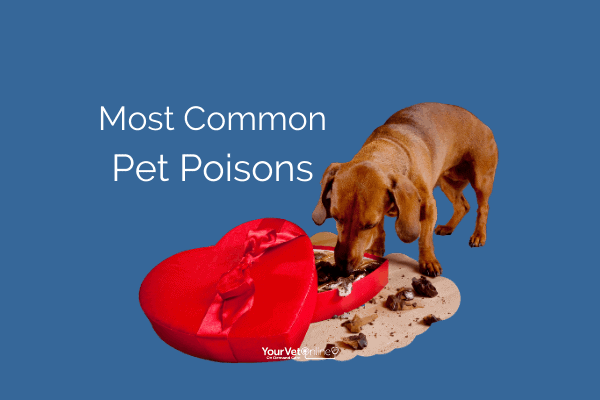
[easy-social-share]
Every year thousands of pets eat something they shouldn’t.
If you are concerned about something your dog or cat ate, it is far better to get in touch with a vet to work out whether you need to rush them to a clinic than to sit in hope and risk them becoming increasingly ill and dying.
Most Common Poisons To Pets
The following list has been formulated as the most common causes of pet poisoning that the Your Vet Online vets have encountered over the past 5 years.
In many cases, the dog or cat needed to go to a vet clinic to receive decontamination (stimulate vomiting) and ongoing care.
If you have any of these substances in your home, make sure they are locked away so that your pets don’t have access.
The most common poisons affecting pets are:
- Human medications whether over the counter or prescription.
- non-steroidal anti-inflammatories such as paracetamol, ibuprofen, meloxicam
- anti-depressants, heart medications, ADHD medications
- Foods that are poisonous
- grapes, raisins, onions, and garlic
- alcohol
- xylitol-containing sweets and spreads (sugarless chewing gum, peanut butter etc)
- chocolate
- Household cleaners
- Herbal medications or scents
- Rodenticides
- Slug baits
- Insecticides
- Plants
- Garden products
- Marijuana
For more specific information regarding some of the most common pet toxicities read on:
Ant Bait Poisoning Dog & Cat
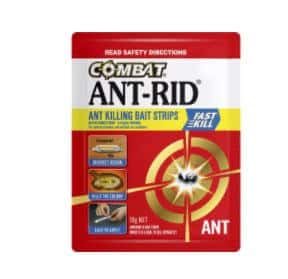
Calls to Your Vet Online about ant baits are very common and like many baits, we need to understand what the active ingredient is and how much is in the product before making a judgement as to toxicity.
Common Ingredients In Ant Bait
The most common ingredients in ant bait are a sweet attractant such as honey or sugar plus the poison.
Boron is the most common ingredient we find and thankfully in small doses (such as in these products) is relatively safe if dogs or cats consume it.
While boron is the active ingredient you may notice terms such as borax or boric acid.
These are just different elements of boron – both effective against ants and contain boron. (Hot tip – boric acid is more effective against ants.)
Is Boric Acid Dangerous To Cats?
While boric acid is relatively safe, that doesn’t mean it is completely safe for your feline. If your cat is exposed to a high dose then they may suffer from signs of toxicity such as:
- Vomiting
- Diarrhoea
- Lethargy
- Weakness
- Ataxia
- Seizures
If your cat has contacted ant bait – wash their fur (if it is contaminated) and get in touch with our 24/7 vets for advice.
Is Boric Acid Harmful To Dogs?
Boric acid has a low toxicity level for dogs.
Again, the risk of toxicity is increased depending on the amount your dog eats.
If they have consumed a whole box then yes, a trip to the vet is advised.
Clinical signs that you may notice include:
- Gagging
- Vomiting
- Diarrhoea
- Bloody stools
- Tremors
- Decreased urination
- Seizures
- Ataxia
Safety Tips For Using Ant Bait Around Pets
For the most part, cats are not attracted to sweet substances and are far fussier than dogs, so it’s likely that they won’t be as attracted to these ant baits as dogs are.
Dogs on the other hand are notorious indiscriminate consumers of anything and everything!
It is essential that you place these bait stations in hard to access areas and follow label directions, only putting out the instructed amount.
Rat Bait Poisoning In Dogs & Cats
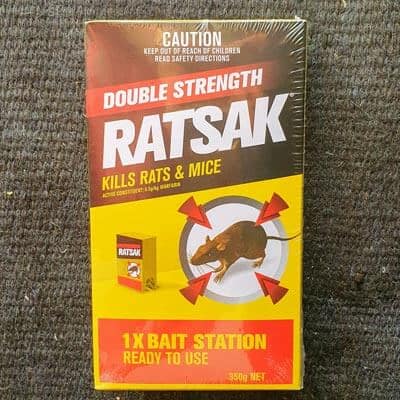
There are no safe for pets rat bait.
Rodenticides are a common form of poisoning for both cats and dogs.
Dogs will often eat the bait directly, while a cat may receive secondary poisoning after consuming a rat or mouse who has been affected by the bait.
Most rat baits contain an anti-coagulant such as Brodifacoum that stops blood clotting.
Signs Of Rat Bait Poisoning
Symptoms often appear after a day or two and commonly include:
- Lethargy
- Bleeding gums or nose
- Bloodshot eyes
- Red spots (petechial haemorrhage) on the abdomen, between hind legs and under armpits
- Black faeces (a sign of digested blood)
- Pale gums
- Lameness
- Increased breathing rate
- Soft cough
What To Do If Your Pet Has Consumed Rat Bait
Rodenticide poisoning can result in death. It is vitally important that if you suspect that your dog or cat has consumed rat bait you take them to the vet immediately.
The vet will induce vomiting and possibly give an enema.
For many rat baits, your pet will be started on Vitamin K and you will be required to return your pet to the vet for coagulation blood tests.
With early intervention the prognosis for recovery is high.
Pyrethrins And Pyrethroid Poisoning In Pets
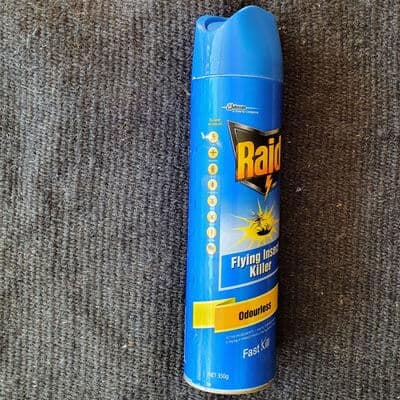
Many fly sprays contain pyrethrins that are extremely toxic to cats and fish.
Pyrethrin poisons are often classified as a ‘natural’ insecticide due to being derived from the Chrysanthemum flower (the pyrethroid version is synthetic) and are used as sprays, shampoos and topical products for many pests such as flies, mosquitos, fleas and ticks.
The use of pyrethroids in dogs is very safe however for fish and cats, pyrethrins are extremely poisonous and can be fatal.
Never use dog flea and tick products on cats.
Due to their sensitivity to pyrethroids, it is important that you don’t use them on dogs who have cat housemates.
Many cats and dogs will mutually groom and this is one way that the cat can be exposed to this pesticide.
Signs Of Pyrethroid Poisoning In Cats
As previously mentioned, cats are extremely sensitive to pyrethrin. Symptoms that they have had contact include:
- Excessive drooling
- Restlessness
- Twitching, tremors, convulsions
Cats who have been affected need to have the pyrethroid washed off them using soapy water.
Some will require sedation and even anaesthesia to keep them from continuous tremors and convulsions.
Treatment of pyrethroid poisoning in cats can be time-intensive and expensive.
Pyrethroid Poisoning In Dogs
While pyrethroids are generally considered safe for dogs, there will always be some who are affected.
Often the signs are related to the application on the skin and they show signs such as:
- Agitation and restlessness
- Scratching and trying to bite their back (where the product was applied)
- Paresthesia of the skin (where the skin prickles and has an itching, burning sensation).
If a dog ingests a large quantity of pyrethroid/pyrethrin solution then it’s possible that they will show signs of excessive drooling, vomiting, anorexia and tremors.
Generally speaking for dogs prognosis for a full recovery from poisoning is excellent.
Plants Poisonous To Pets
The most common plant poisonings that the Your Vet Online see include:
- Yesterday today tomorrow (Brunfelsia): ingestion results in severe tremors and convulsions.
- Azaleas and Rhododendrons: these pretty flowering plants contain toxins that may cause vomiting, diarrhoea, coma, and potentially even death.
- Tulips and Daffodils: the bulbs of these plants may cause serious stomach problems, difficulty breathing, and increased heart rate.
- Sago palms: eating just a few seeds may be enough to cause vomiting, seizures, and liver failure.
- Lilies: particularly poisonous for cats resulting in kidney failure.
However, there are a large number of plants that are poisonous to our cats and dogs with some resulting in death if treatment isn’t started immediately.
Download the Poisonous Plant Freebie to learn what plants you need to keep your pets away from.
Snail And Slug Bait Poison
Spring and autumn are often the time of year when we’re out in our gardens planting new seedlings.
It’s also the time when we start needing to control the slugs and snails with metaldehyde baits.
These blue/green snail bait pellets are more likely to be consumed by dogs than cats and result in rapid-onset of toxicity in the form of convulsions.
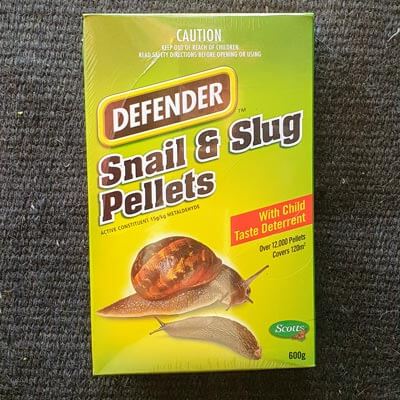
If the dog is symptom-free your vet will induce vomiting otherwise the dog will need to be put under general anaesthesia for gastric lavage and an enema.
Often these dogs need to stay under anaesthesia to stop the tremors.
It can result in a lengthy stay in the hospital.
As such, make sure that your dog has no access to any garden where you are using these baits.
It’s also important to remember that although some manufacturers state that their product is pet-safe, nothing could be further from the truth.
There are no pet-safe snail or baits
What To Do If You Suspect Cat Or Dog Poisoning?
As with all things it is better to ask a vet than to wait it out and risk more harm to your pet.
We provide a cat and dog poison hotline as part of our online vet services, just mention that your pet has been poisoned when you fill out your history form and our vets will immediately be able to assist.
Depending on the toxicity, your pet may still need to visit a vet for decontamination.
[easy-social-share]

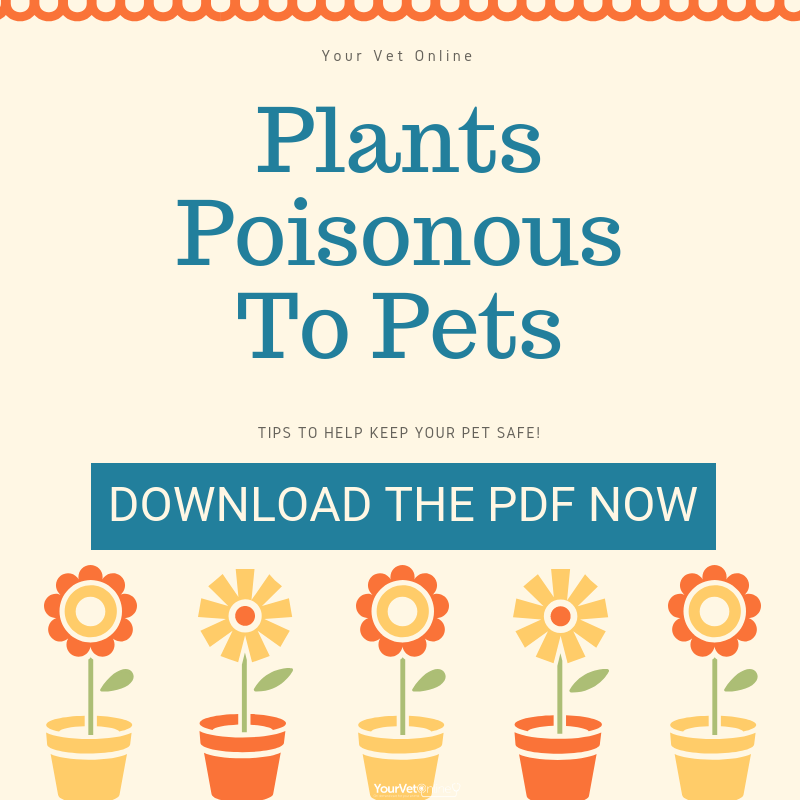




Leave A Comment